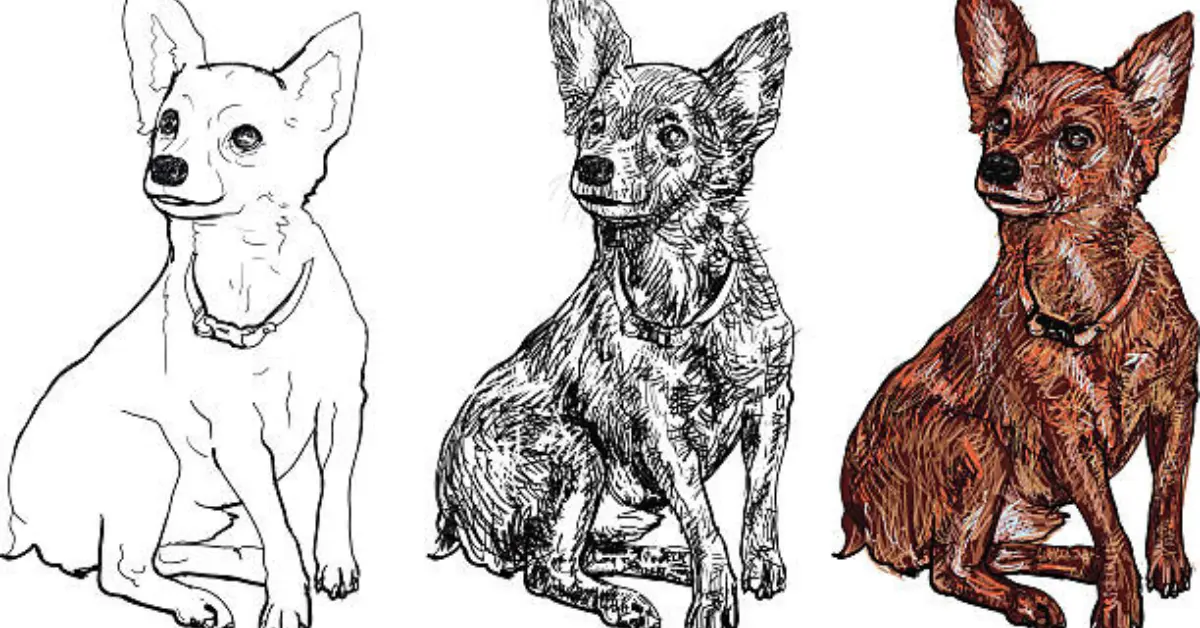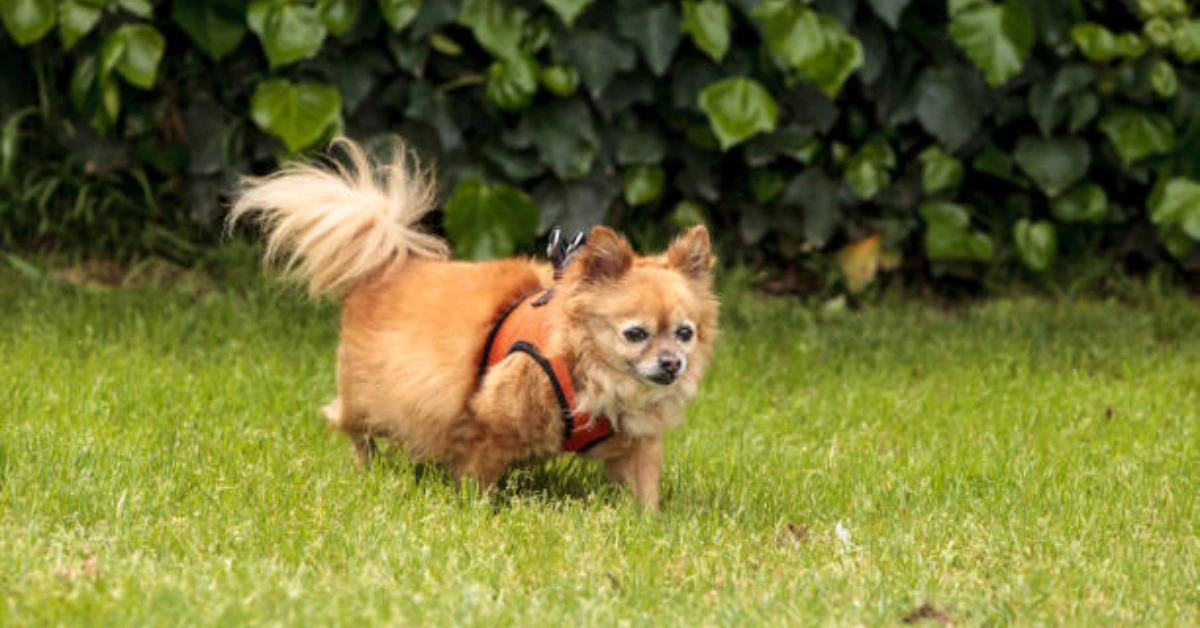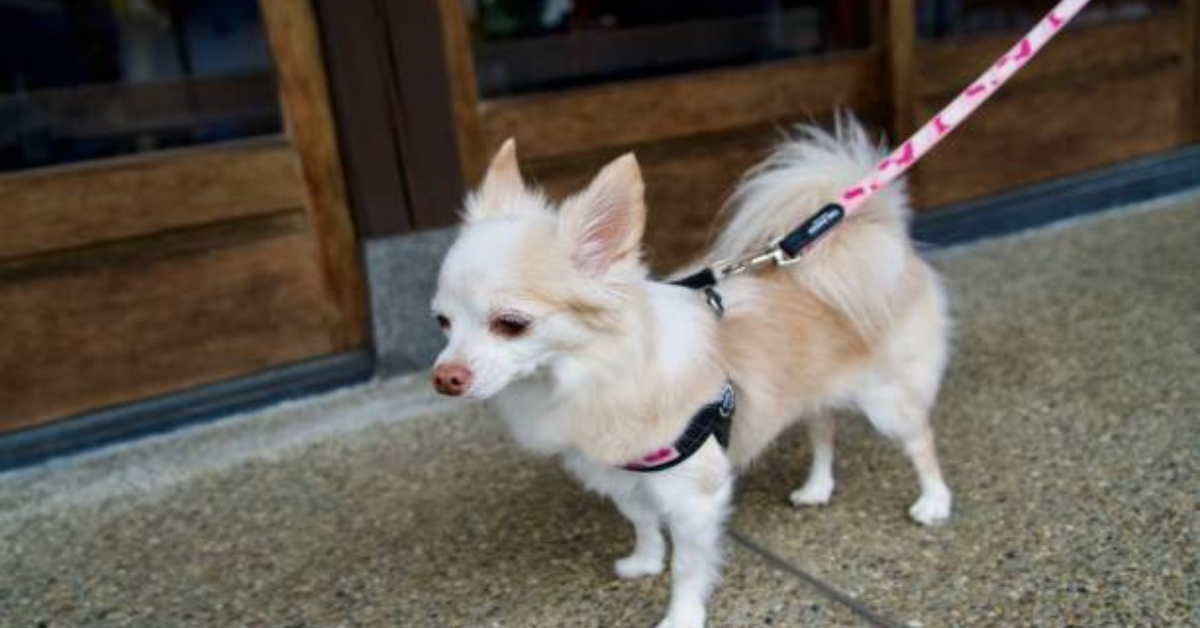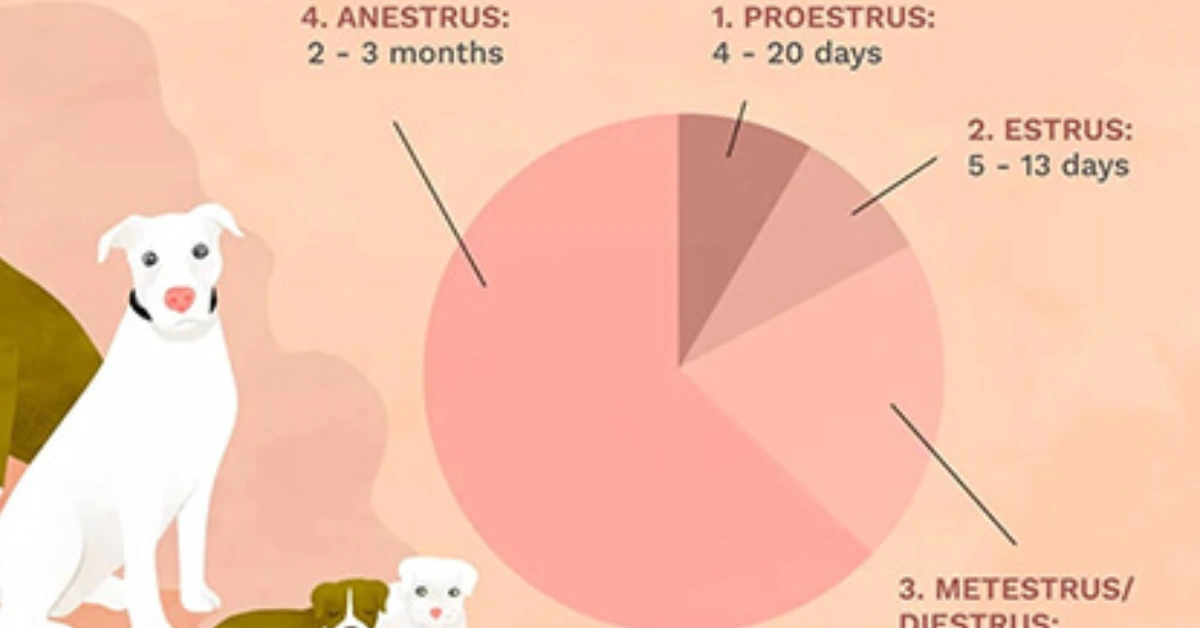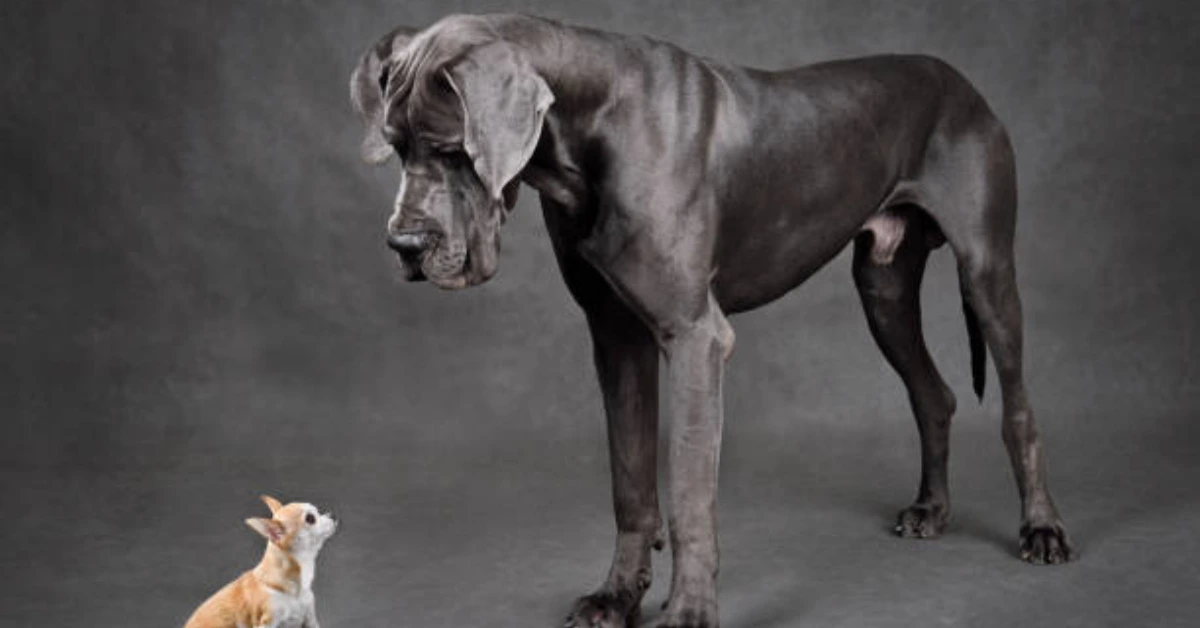Folklores that people concocted of a bygone era as an explanation for the unexplainable are what we call urban legends. Some of these myths and urban legends are still around today, and there are still people who believe them. chihuahua’s Myths, urban legends existed a long time ago.
Myths and urban legends can be about anything. Possible of being about a person. It can be about a town. It can be about a tree. And it’s no wonder that there are myths and urban legends about a dog.
Chihuahuas Cure Allergies and Asthma
Advertisement
There is a legend about small dogs like Chihuahua. The legend is that small dogs from Mexico can transfer the illnesses of their owners to themselves because of the love they have for them. The diseases the legends say can be transferred to asthma and some other allergies.
This particular legend was brought back into the light by a woman who claimed that she bought her Chihuahua so that it could cure her mother’s asthma.
But so many persons and organizations have debunked these claims. According to them, Chihuahuas cannot cure asthma or lessen it. But the woman disagreed again by announcing that the Chihuahua cured her mother of asthma.
The Truth?
Some people have tried to explain this legend. Some say it could be because the owners of the dog feel pure love for it. It could also be because of their faith and belief in the method of working. And it could be because of the power of suggestion that made them do it, and it worked.
Another explanation is that if the family has a long-haired Chihuahua at home, it could be it. The presence of the dog means there will be fewer airborne irritants that can trigger allergies and asthma attacks. That way, the asthma attack is suppressed and can be made to look like the Chihuahua healed the owner.
Chihuahua was Swept up by a Hawk
There was a particular incident that was claimed to have happened in Bryant Park in Manhattan. A tourist with a Chihuahua pet on a leash witnessed a trained hawk come after the Chihuahua. The hawk was part of the park’s recreational program. It swooped down and dug its sharp talons into the Chihuahua. While the Chihuahua was eventually freed, it suffered minor injuries.
There was no proof to this however except the words of the Chihuahua’s owner. The owner had insisted that the hawk was going to eat the Chihuahua for lunch. But they said the hawk mistook the Chihuahua for a rat because of its size.
Caution
After that incident, the officials of the park have taken more precautions to stop a reoccurrence. They have ignored the calls to shelve the hawk program though because, so far, it has been a success. The park uses trained hawks to get rid of pigeons in the park.
Responses to this attack on the Chihuahua have received mixed responses. Some think it would have made more sense if the Chihuahua had not been on a leash to see what would have happened between the two. They think it could have had a far-reaching effect if that had happened.
But the legend still lives on that pets with small sizes like Chihuahuas are always possible prey of hawks, pelicans, and other birds of prey. But in reality, this may be unlikely. Chihuahuas may be at more risk from coyotes than from hawks and pelicans.
Read This Article: Hawk caught on camera trying to snatch Chihuahua in Texas front yard
A Chihuahua Becomes a Rat
There was another incident that went around the internet. A couple had gone to buy a Chihuahua and brought it home. While buying the dog, they noticed it looked different. But the seller assured them that it was a Chihuahua that just stood out.
When they got home and took their Chihuahua to their vet, the vet confirmed that they had bought a Mexican hairless sewer rat.
This story has different variations on the internet, probably from being retold. Some say the dog was a stray that befriended the couple. Others say the couple saved the pet from drowning. And yet others insist that the vet confirmed that what they thought was a Chihuahua was not. The vet confirmed that it was a different rat breed from Korea, Chinese, Mexico, or even Guatemala.
While we may never know the truth about what happened with what the couple bought, we know some people believe it and are more careful. The myth itself continues to be circulated and adjusted with every retelling. If there’s anything to take away from all these, it’s that you should consult your vet always about your pet even before buying one.
YOU CAN ALSO CHECK: Fact check: A chihuahua is not a large rodent
Modern myths About chihuahua
Chihuahuas don’t require to be socialized
This idea is wrong, chihuahuas need their human parents’ attention from a very young age.
Chihuahua puppies need to be introduced to strange human and pets frequently to make them familiar with their environment. If their socialization isn’t effective your dog will develop unwanted behavior.
Chihuahuas can’t get along with children.
If well trained your little dog can be a great companion to your kids, the training must include also your children you must teach them how to treat this little fragile dog.
Chihuahuas can be great watchdogs
Because of their personality qualities, such as wariness around strangers. Chihuahuas have a high level of alertness.
Chihuahuas don’t shed
This idea is false they shed especially during the fall and spring seasons. However, you can find in our articles, a whole guide on how you can minimize shedding on chihuahuas.
Chihuahuas bark a lof
Due to their body structure, chihuahuas tend to bark a lot at anything when they are afraid or when they are alone. However, if your dog has been trained well, he will be quiet and obedient.
chihuahuas can’t bear cold
Yes, they are sensitive to cold, the short and long-haired chihuahuas can suffer during the cold season. The owner should avoid taking them outside when it’s very cold.
If it is necessary to take them outside, do it for a short period and the dog should wear a sweater.
We can keep them outdoor
As we mentioned before chihuahuas are too sensitive to cold and they don’t like to be alone. Therefore, they need to be inside the house.
They crave attention and love from their parents
If you have any other myths about chihuahuas let us know in the comment section below.
You May Also Like:
Behavior and Temperament of Chihuahua
Advertisement

